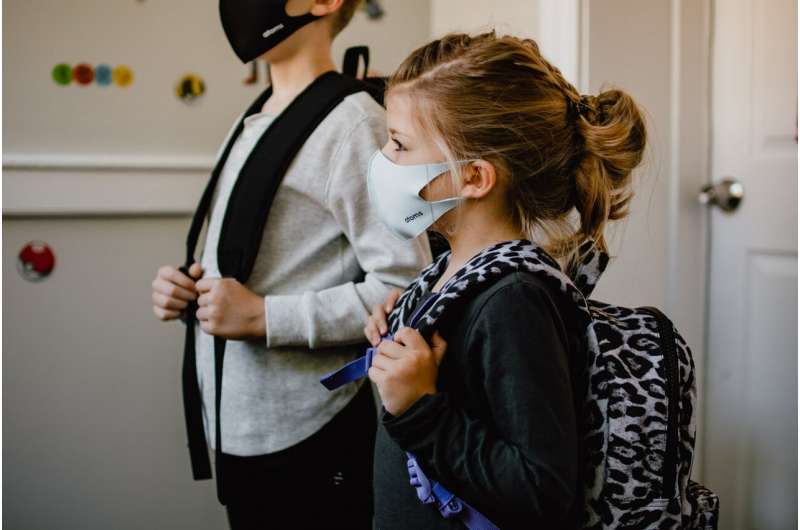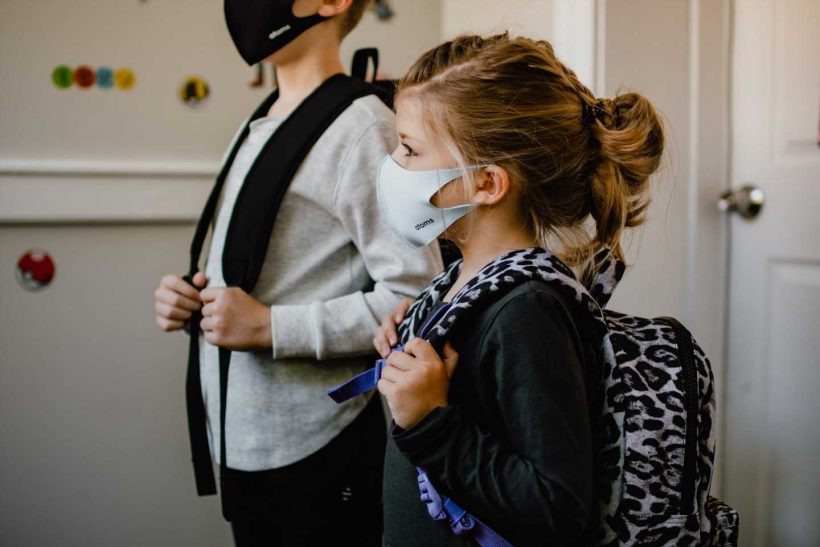
An international report with recommendations designed to counteract school-related sedentary behavior in children and youth, exacerbated by COVID-19 pandemic restrictions, has been released by the Sedentary Behavior Research Network (SBRN), in partnership with the University of Prince Edward Island and the CHEO Research Institute.
The report, “International School-Related Sedentary Behavior Recommendations for Children and Youth,” is a world first and aspires to inform and guide students, educators, school administrators, policymakers, parent and guardians, caregivers, physicians, and other healthcare providers in the promotion of student health and wellness.
“High levels of sedentary behavior, especially screen time, are associated with negative health and academic outcomes for school-aged children and youth,” said Dr. Travis Saunders, lead author of the new recommendations and associate professor of applied human sciences at the University of Prince Edward Island. “Given that the school day is largely sedentary and with screen time taking on an increasingly important role for many students since the onset of the COVID-19 pandemic, these new evidence-based recommendations are timely and provide globally applicable guidance for managing sedentary behaviors performed during the school day or as homework.”
Since the COVID-19 pandemic began two years ago, children and youth across Canada and around the world have spent unprecedented time sedentary in front of digital screens for school and recreation purposes. Sedentary behaviors are activities done while awake that involve low-energy expenditure while sitting or lying down. The World Health Organization and many countries, including Canada, have developed guidelines for minimizing the health impacts of sedentary behavior; however, these recommendations focus on overall sedentary behavior and recreational screen time. To date, there have not been any evidence-based recommendations specifically related to sedentary behaviors performed during the school day or as homework.
Even before the COVID-19 pandemic, most children were not meeting public health guidelines for sedentary behaviors and recreational screen time, noted Dr. Saunders.
SBRN convened an international panel of experts to prepare draft recommendations and consulted 148 stakeholders from 23 countries to produce the final recommendations that are listed below. Full details of the recommendation development process were published on April 5, 2022, in the International Journal of Behavioral Nutrition and Physical Activity. The recommendations have already been translated into Arabic, Chinese, Croatian, Dutch, French, German, Inuktitut, Nepalese, Norwegian, Portuguese, Russian, Slovenian, Spanish, Swahili, and Vietnamese, all of which are available on the SBRN website.
SBRN Recommendations:
A healthy school day includes:
- Breaking up periods of extended sedentary behavior with both scheduled and unscheduled movement breaks
- at least once every 30 minutes for ages 5 to 11 years
- at least once every hour for ages 12 to 18 years
- consider a variety of intensities and durations (e.g., standing, stretching breaks, moving to another classroom, active lessons, active breaks).
- limit time on devices, especially for students 5 to 11 years of age;
- take a device break at least once every 30 minutes;
- discourage media-multitasking in the classroom and while doing homework;
- avoid screen-based homework within an hour of bedtime.
“The goal of these recommendations is to help maximize the benefits and minimize the harms of school-related sedentary behaviors,” said Dr. Mark Tremblay, Chair of SBRN, Senior Scientist at the CHEO Research Institute, and Professor of Pediatrics at the University of Ottawa. “In 2020, the ParticipACTION Report Card on Physical Activity for Children and Youth gave Canadian children and youth a D+ grade for sedentary behaviors, and during the pandemic, the grade has plummeted further. These new recommendations will help schools be part of the solution.”
Source: Read Full Article






